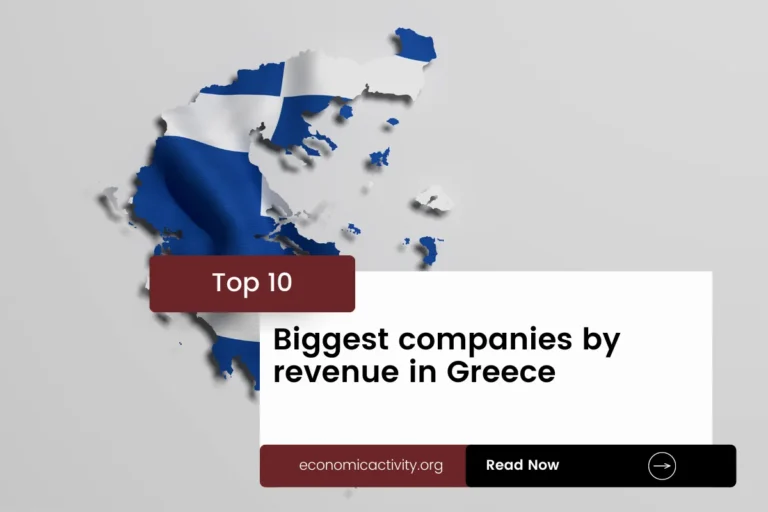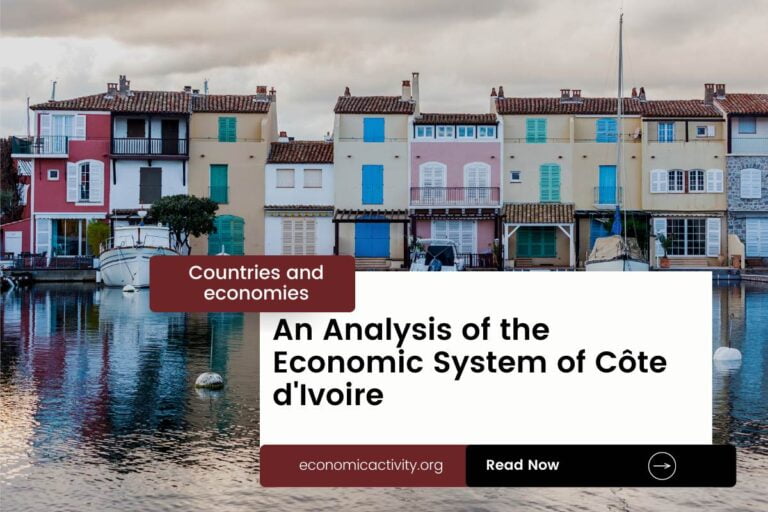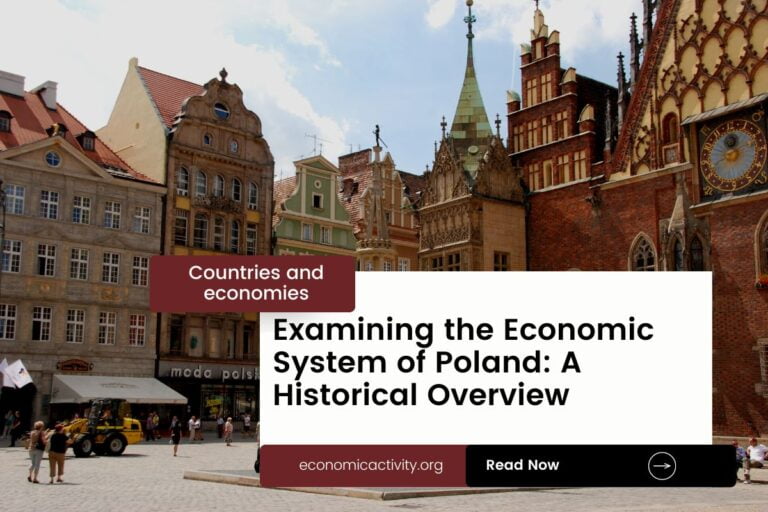San Marino, with a population of 33,660, is ranked 185th in population size, just behind Monaco. Located in southern Europe, it covers 60 square kilometers, ranking 186th in total area, also behind Monaco.
San Marino, a small European country, has a GDP of $2,034,000,000 in 2022, ranking 171st globally. It falls behind The Gambia, with a GDP of $2,187,194,563.48. In terms of GDP per capita, San Marino ranks 14th with $59,405, trailing behind Australia with a GDP per capita of $65,099.84.
Despite its small size, San Marino maintains a stable economic position with a relatively high GDP per capita compared to many other nations.
What are the economic activities of San Marino?
- Primary activities: 0.1% of GDP.
- Secondary activities: 39.2% of GDP.
- Tertiary activities: 60.7% of GDP.

Primary Sector of San Marino
The primary sector in San Marino, with 38.33% agricultural land, thrives due to its favorable climate and natural resources. Main agricultural products include wheat, grapes, corn, olives, cattle, pigs, horses, beef, cheese, and hides. Despite contributing only 0.1% to the GDP, agriculture plays a crucial role in the country’s economy.
The diverse range of crops and animal products highlights the sector’s significance, providing sustenance and supporting local livelihoods.
San Marino’s diverse geology provides a rich source of building stone, a primary natural resource that significantly impacts its economy. The abundance of high-quality building stone supports the construction industry, driving economic growth and employment opportunities in the primary sector.
Secondary Sector of San Marino
What is the secondary sector or what are secondary activities?
The secondary sector involves industries that transform raw materials from primary activities into finished products for consumption. In San Marino, the main industrial products include textiles, electronics, ceramics, cement, and wine. These goods are manufactured for domestic sale and export, contributing to the country’s industrial economy.
In 2023, manufactures in San Marino’s total exports are not significant, comprising only a small percentage. The country’s economy relies more on other sectors for its export revenue.
Tertiary sector of San Marino
What is the tertiary sector or what are tertiary activities?
The tertiary sector in San Marino involves providing intangible goods like advice and expertise to enhance productivity and meet needs. Main activities include healthcare, education, banking, tourism, transportation, and telecommunications. These services contribute significantly to the country’s economy and overall development.
Specifically, San Marino heavily relies on tourism, contributing substantially to its economy. With an impressive 1,904,000 annual arrivals, exceeding its population by 56.5657 times, popular destinations like the historic City of San Marino and the scenic Mount Titano attract visitors worldwide, driving economic growth and prosperity.
Another example of tertiary economic activity is the mobile cellular sector, which boasts around 41,000 subscriptions, equating to 122 per 100 inhabitants. This connectivity fosters technological advancements and supports various industries.
International Trade of San Marino
Import Activities of San Marino

San Marino’s import activities are of high importance, with total imports in 2023 reaching 437 million, accounting for 21.48% of its GDP.
San Marino’s main import partners are Italy (22%), Germany (20%), Poland (7%), Spain (7%), and the Netherlands (7%). The country mainly imports electricity, garments, cars, aluminum, and footwear.
Exports Activities of San Marino

San Marino’s total exports in 2023 reached $204 million, accounting for 10.03% of its GDP. With a low export contribution, diversifying and boosting export activities could enhance economic growth and stability.
San Marino primarily exports washing and bottling machines, woodworking machines, furniture, other foods, and packaged medicine. Its main export partners are the US (10%), Germany (9%), France (9%), Austria (9%), and Romania (7%).
San Marino economy challenges in 2024
In 2024, San Marino faces economic challenges due to high debt levels and reliance on foreign investments. Its open border with the EU and strong financial sector are assets, but the risk of financial instability looms. The country’s low taxation and high-income status are at odds with its increasing debt burden, posing a threat to its financial stability.




Leave a Reply